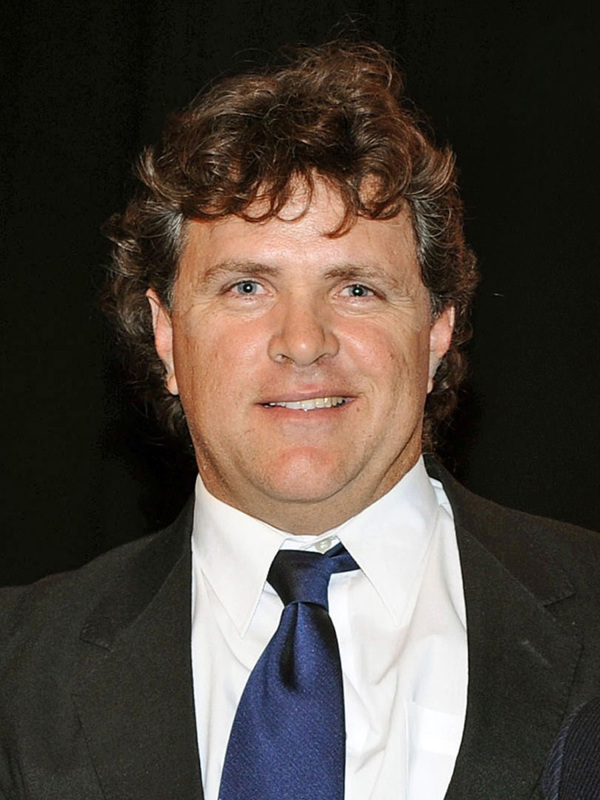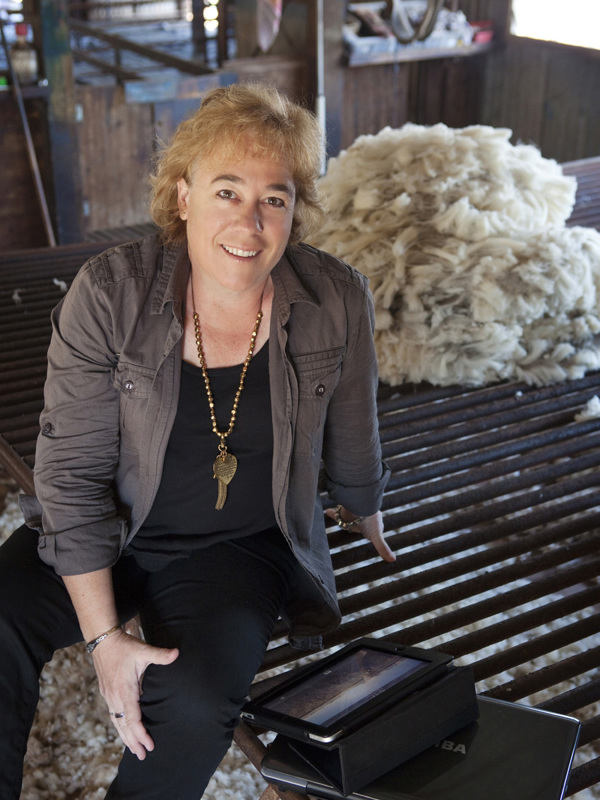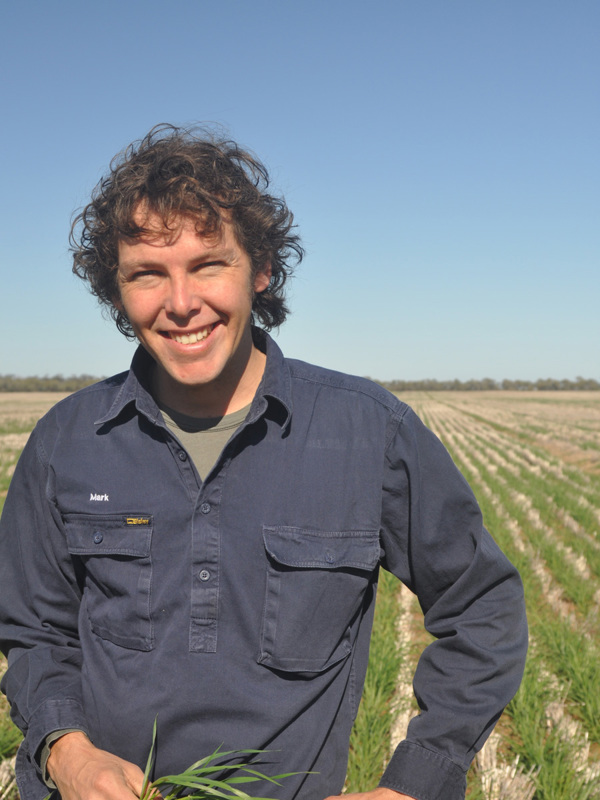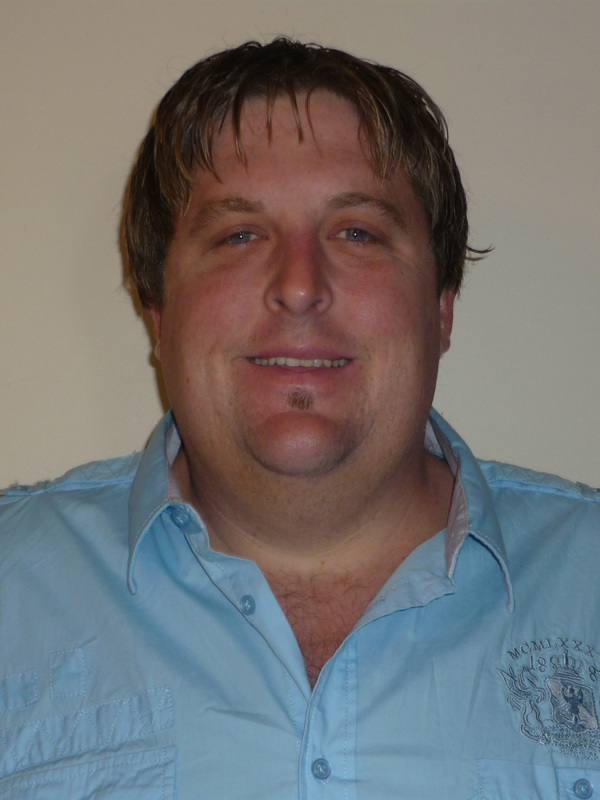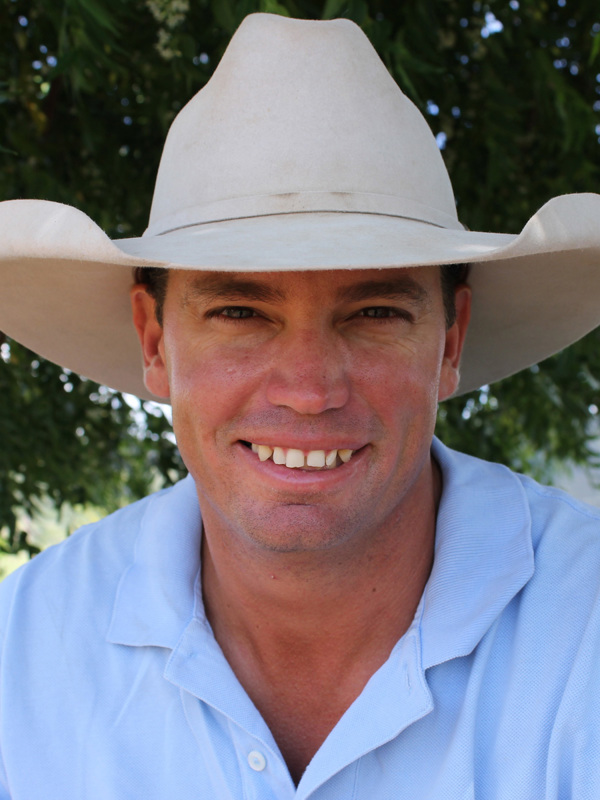
James Walker

From learning how elite athletes are managed on-field, to seeing how the military goes about its business, James Walker has seen and done much during his scholarship! James had serious concerns about the viability of creating a repeatable production model in his part of the world, so he set about researching ways to improve it.
“I had a look at the production systems in western Queensland and saw some pretty difficult challenges with consistency in the production model. Really what I wanted to research was how we could actually manage livestock through the variances of seasons,” he explains.
James set himself the goal of what he calls better ‘optics’ from the paddock – in other words, generating valuable information in real time.
“This would allow us to manage our enterprise without subjective management – so actually getting data on weights and condition score in real time, creating a bit of a suite allowing us to manage our enterprise better. For example, if we realised the full biological potential in a ewe in a 5,000-head flock, at $120 per head per lamb, presuming 100 per cent lambing, our gross income would be $600-thousand. Drop that to 40 per cent lambing and you gross $240-thousand, so there’s about $360-thousand per enterprise we can research aggressively to try and add some opportunity there".
Interestingly James didn’t simply identify sheep industry hotspots around the world to visit and learn from – his was a much broader process.
”Around the world in the sheep industry you’ve got huge inconsistencies in seasons, so I decided to have a look outside the industry to research how they manage ‘organisms’ in the sporting, medical and military fraternities and also the zoological fraternity, just to try and bring in some new ideas".
James was particularly struck by methods in the sporting fraternity for managing elite athletes, which involved measuring what’s known as ‘terminal fatigue’. It’s a management technique which ensures athletes are taken off the field prior to reaching a fatigue level from which they can’t recover, meaning when they re-enter the event, they can have a high impact and be more likely to affect the course of the game.
“You’ll notice these days that athletes come off relatively fresh onto the sideline, whereas in years gone past they were absolutely spent and left everything out on the field. Money of course is also very important to sporting teams, so high level management of their athletes gives them a better chance to advance through their competition and also attract more sponsorship,” James says
Having seen how sporting teams manage their systems, he pondered how the techniques could be applied to animals for biological potential.
“Particularly what is fairly well known is ‘walk-over weighing’, and the algorithm between that and condition scores, but there’s a whole heap of other things that we can research – there’s barometers in the dairy industry, there’s benchmarking across individual animals in different zoos around the world – so they compare the weights of gorillas and they can have a look and benchmark how their system of management is performing. We can potentially do that in the sheep industry, where we can benchmark individual animals within the flock, within the district, and around the world to leverage our performance – it’s all a little way off, but I think we’ve got to have this in mind when we’re trying to assess the financial potential of the business. If we can capture and control the production system we can elevate earnings and sustainability.”

